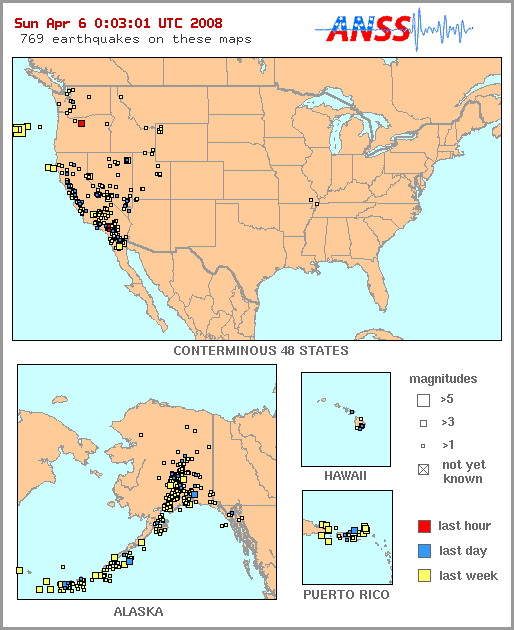Seismic waves travel a hundred times faster than the tsunami, so that although scientists can not predict when and where an earthquake will occur (or how much), once one is detected, there is a timeframe for , based on earthquake data, can predict where the tsunami arrival time and wave height. Tsunami centers in the Pacific in particular, do the job.
The normal waves are generated by tides, wind, weather and currents, while the tsunami was triggered by something that causes a displacement of a large volume of water, as landslides, volcanic eruptions and earthquakes, experts report from NOAA (National Oceanic and Atmospheric U.S.). Once triggered the tusnami, waves moving at a speed of about 800 to 1,000 kilometers per hour as a commercial airliner, but is slower in shallow water.
The waves can reach 10 meters to reach the coast and waves, unlike the normal sea surface movement involving the entire water column to the bottom. And not have to be one, but may be several more spaced in time than normal, usually spend several minutes between a wave crest to another, but sometimes it can take up to an hour, so the situation danger to the coastal population is maintained for some time.
People returning to their homes once they have passed the first wave is at high risk of getting the rest, experts warn. The tsunami warning systems take advantage of those hours may be between the earthquake and the arrival of the giant waves. Networks are based on pressure sensors installed on the seabed and surface buoys that transmit information on the status of the sea, in real time by satellite.
With this information and data from the phenomenon that triggered the tsunami, the earthquake in this case (the quake zone, the type, depth of epicenter, etc., with essential data) experts can analyze computer models development situation, estimate arrival times at different costs and expected wave heights.
This information is passed immediately to the authorities responsible for public warning and take action against the impending catastrophe. 


The normal waves are generated by tides, wind, weather and currents, while the tsunami was triggered by something that causes a displacement of a large volume of water, as landslides, volcanic eruptions and earthquakes, experts report from NOAA (National Oceanic and Atmospheric U.S.). Once triggered the tusnami, waves moving at a speed of about 800 to 1,000 kilometers per hour as a commercial airliner, but is slower in shallow water.
The waves can reach 10 meters to reach the coast and waves, unlike the normal sea surface movement involving the entire water column to the bottom. And not have to be one, but may be several more spaced in time than normal, usually spend several minutes between a wave crest to another, but sometimes it can take up to an hour, so the situation danger to the coastal population is maintained for some time.
People returning to their homes once they have passed the first wave is at high risk of getting the rest, experts warn. The tsunami warning systems take advantage of those hours may be between the earthquake and the arrival of the giant waves. Networks are based on pressure sensors installed on the seabed and surface buoys that transmit information on the status of the sea, in real time by satellite.
With this information and data from the phenomenon that triggered the tsunami, the earthquake in this case (the quake zone, the type, depth of epicenter, etc., with essential data) experts can analyze computer models development situation, estimate arrival times at different costs and expected wave heights.
This information is passed immediately to the authorities responsible for public warning and take action against the impending catastrophe.



- "Based on all available data, a tsunami may have been generated by this earthquake that could be..." (11/03/2011)
- Images and Videos of Earthquake & Tsunami in Japan (11/03/2011)
- The Earthquake and Tsunami in the Pacific (11/03/2011)
- - Japan Tsunami - (11/03/2011)
- WATCH: Japan Tsunami Sweeps Away Cars (11/03/2011)
No comments:
Post a Comment